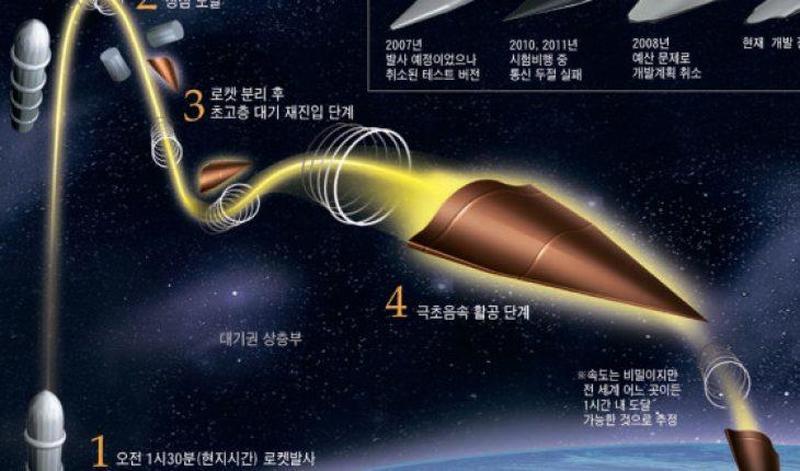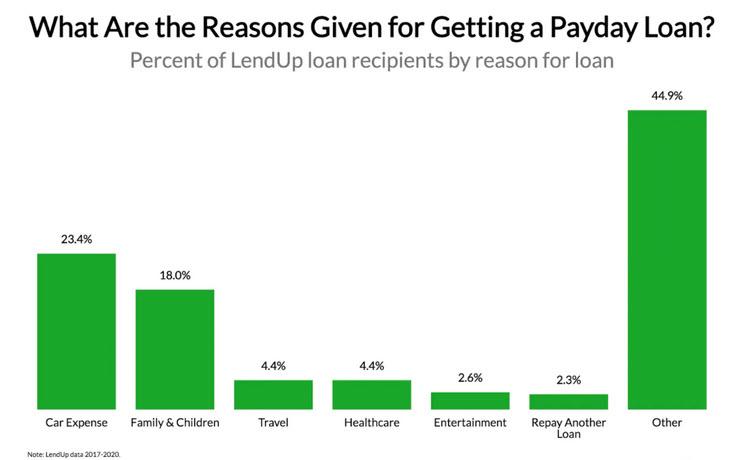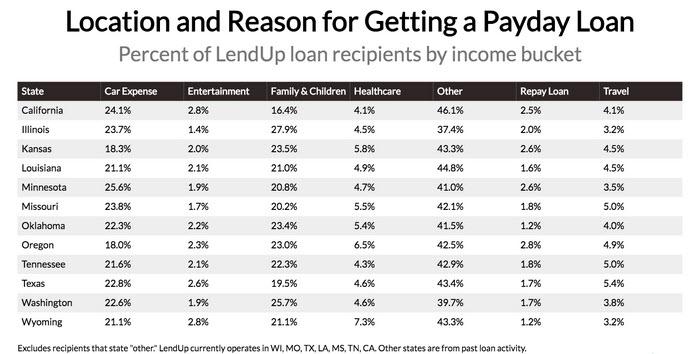From Guerrero v. Hestrin, decided today by the California Court of Appeal, in an opinion written by Justice Michael Raphael and joined by Justices Douglas Miller and Marsha Slough:
In 2014, a single Riverside County Superior Court judge signed 602 orders authorizing wiretaps. To put that in perspective, all other judges in the state authorized 345 wiretaps that year. And the 602 wiretaps that year comprised approximately 17 percent of all the wiretaps authorized by all the state and federal courts in the nation. The next year, that same judge and one other authorized 640 wiretaps, the rest of the state authorized 505, and the 640 wiretaps comprised roughly 15 percent of all wiretaps in the country.
Appellant Miguel Guerrero was targeted by a wiretap that a Riverside County judge authorized in 2015. Guerrero, who was never arrested or charged with a crime in connection with the wiretap, wants to know why he was targeted, and he believes that the sheer number of Riverside County wiretaps in those years raises significant doubts about whether the wiretaps complied with constitutional requirements. To that end, relying on California’s wiretap statutes as well as the First Amendment, he asked the trial court to allow him to inspect the wiretap order, application, and intercepted communications. The trial court denied his request.
We hold that the trial court applied the wrong standard in considering Guerrero’s application under California’s wiretap statutes, which closely parallel statutes under federal law. We remand so that the trial court can properly exercise its discretion, and we provide guidance on the appropriate standard. Given our holding on the statutory issue, we decline to address the contention, advanced by Guerrero as well as an amicus brief, that the public has a First Amendment right of access to the wiretap materials.
The court concluded that, under California statutes, the targets of wiretaps were generally entitled to be informed about the wiretaps “[w]ithin a reasonable time, but no later than 90 days, after the termination of the period of [a wiretap] order”; and the judge may then, “in his or her discretion, make available to the person or his or her counsel for inspection the portions of the intercepted communications, applications, and orders that the judge determines to be in the interest of justice.”
This “interest of justice” standard, the court concluded, was easier to satisfy than the “good cause” standard applicable to requests by people other than the target; the court sent the case back down so the trial court could apply the “interest of justice” standard, and offered this guidance:
In considering a motion to inspect wiretap materials under section 629.68, a court should balance the interests of the movant, the government, those other than the movant whose information and conservations may become disclosed to the movant, and the public….
[1.] The Movant’s Interest
A target of a wiretap who is criminally charged often receives copies of the wiretap materials because of his interest in whether the wiretap was properly authorized, which he can raise in a motion to suppress evidence. But an uncharged target such as Guerrero also has a potential litigative interest in the materials, in the form of the civil cause of action under section 629.86. Like a suppression motion, the civil cause of action helps vindicate privacy interests by deterring wiretaps that do not follow statutory or constitutional requirements. A section 629.86 cause of action is indeed one of the main reasons Guerrero seeks the wiretap records to begin with. Congress, in passing Title III, specifically anticipated that the analogous federal civil cause of action would serve such a purpose. As such, placing too great a burden on access to those materials necessary to substantiate a section 629.86 action would render the action toothless for curbing unlawful government intrusion.
[A] movant potentially may successfully demonstrate that inspection would be in the interests of justice on a desire to pursue a section 629.86 action alone….
[2.] The Government’s Interest
The government, of course, often has a profound interest in maintaining the confidentiality of its investigations. The government’s interest in this respect may therefore take precedence over any other competing interests when considering a motion to inspect under section 629.86.
The government’s interest in this regard is more pronounced when an investigation is ongoing, and in the few published cases where the recipient of an inventory notice has sought wiretap materials outside the context of a filed criminal case, courts have routinely cited an ongoing investigation as a primary reason against disclosure.
The existence and weight of the government’s interest, however, should not be presumed, but affirmatively articulated and substantiated. Here, we observe that the District Attorney has not relied on the existence of an ongoing investigation or grand jury proceeding before the trial court or on appeal. To the contrary, the District Attorney has conceded that there are “no criminal charges pending” against Guerrero. Similarly, the District Attorney has not claimed that there is any sensitive information in the wiretap materials, such as the identity of an informant, or information related to another open investigation, such that disclosure could jeopardize current or future investigations.
Additionally, in light of the government’s interest when considering a motion to inspect, where appropriate, a court may require redactions, in camera review, or both, if doing so would promote the balance between law enforcement and privacy our elected officials had in mind when passing Title III and California’s wiretap statutes.
[3.] Other Intercepted Persons’ Interests …
[W]hen a wiretap application involves multiple targets, some of whom do not seek to inspect under section 629.68, the privacy interests of those nonmovant targets may dictate that their information remain sealed absent a sufficient justification (such as consent)….
That same consideration for intercepted nonmovants, however, should take into account the fact that disclosure is being sought not by a general member of the public, but by someone who was often on the other end of the line. Although we have not discovered cases suggesting that intercepted nonmovants regularly raise privacy concerns when a criminal defendant receives a copy of intercepted communications, such persons may nevertheless have, and raise, legitimate privacy concerns, whether or not the wiretap target eventually becomes a criminal defendant. For now, we believe that the procedures currently in place for protecting third party privacy in criminal cases provide adequate protection here. (See § 629.70, subds. (b), (d) [although prosecution must generally provide defendant “a copy of all recorded interceptions from which evidence against the defendant was derived,” “[a] court may issue an order limiting [such] disclosures … upon a showing of good cause”].) As is the case when considering the government’s interest, protection of these third party interests may require in camera review, redactions, or both….
[4.] The Public’s Interest
Finally, the trial court should consider the public’s interest in allowing a movant to inspect wiretap materials concerning him. Crucially, this interest does not emanate from any desire on behalf of the public to make such materials broadly available. Rather, the nature of the interest here stems from the importance of public confidence in the criminal justice system. As noted above, the anomalous number of wiretaps approved by judges in Riverside County in 2014 and 2015 has elicited scrutiny from judges and journalists.
In addition, public confidence in the criminal justice system and the appearance of fairness can be damaged not only by actual impropriety, but the possibility of impropriety as well. Courts considering motions to inspect pursuant to section 629.68 should therefore not require proof of actual misconduct as a prerequisite…. [R]equiring a preexisting finding of “nefarious” activity would place too high a burden on a movant, given the role the civil cause of action is meant to play against unlawful government intrusion. Instead, it is more appropriate to consider whether evidence such as “the statistics” help a movant make an initial showing that constitutional safeguards may have been violated, which would then bear on whether inspection would be in the interests of justice. In analogous contexts, courts have always had the ability to infer, at an initial stage, a likelihood of harm given the numbers, such as when determining whether a juror was impermissibly excused on a racial basis. To say a trial court may consider statistics in these situations is simply to say a court can consider circumstantial evidence or the totality of the circumstances.
The court concluded that, given this statutory result, it didn’t need to reach the First Amendment right of access claim. Congratulations to David Greene and Naomi Gilens of the Electronic Frontier Foundation for the victory, and to Katie Townsend, Bruce Brown, Gabriel Rottman, and Linn Weeks of the Reporters Committee for Freedom of the Press, who filed an amicus brief.
from Latest – Reason.com https://ift.tt/3klZwlF
via IFTTT













